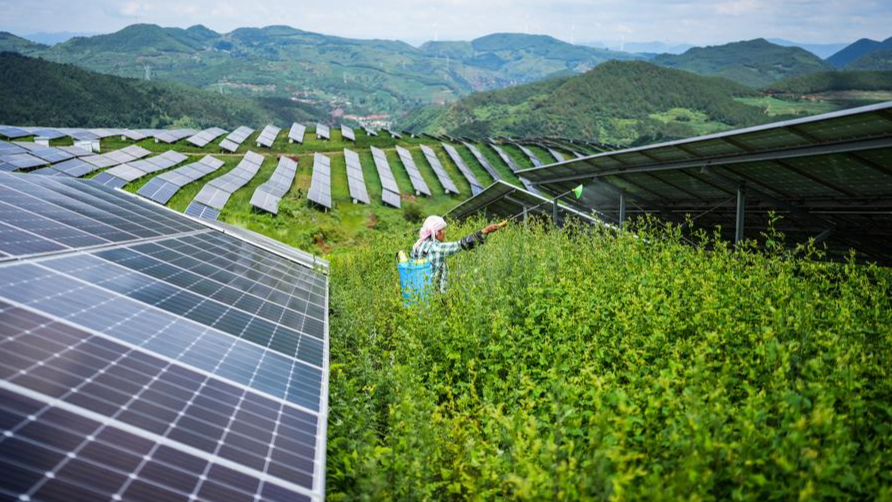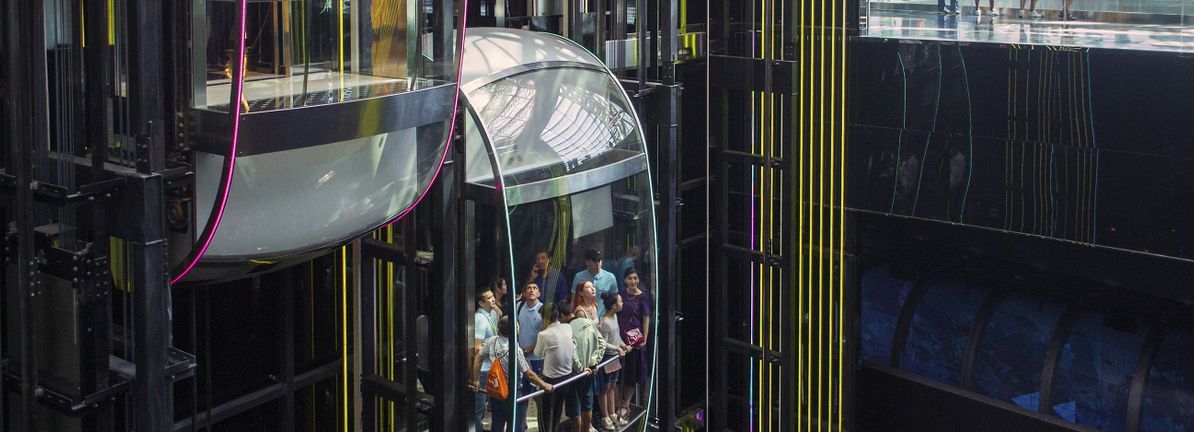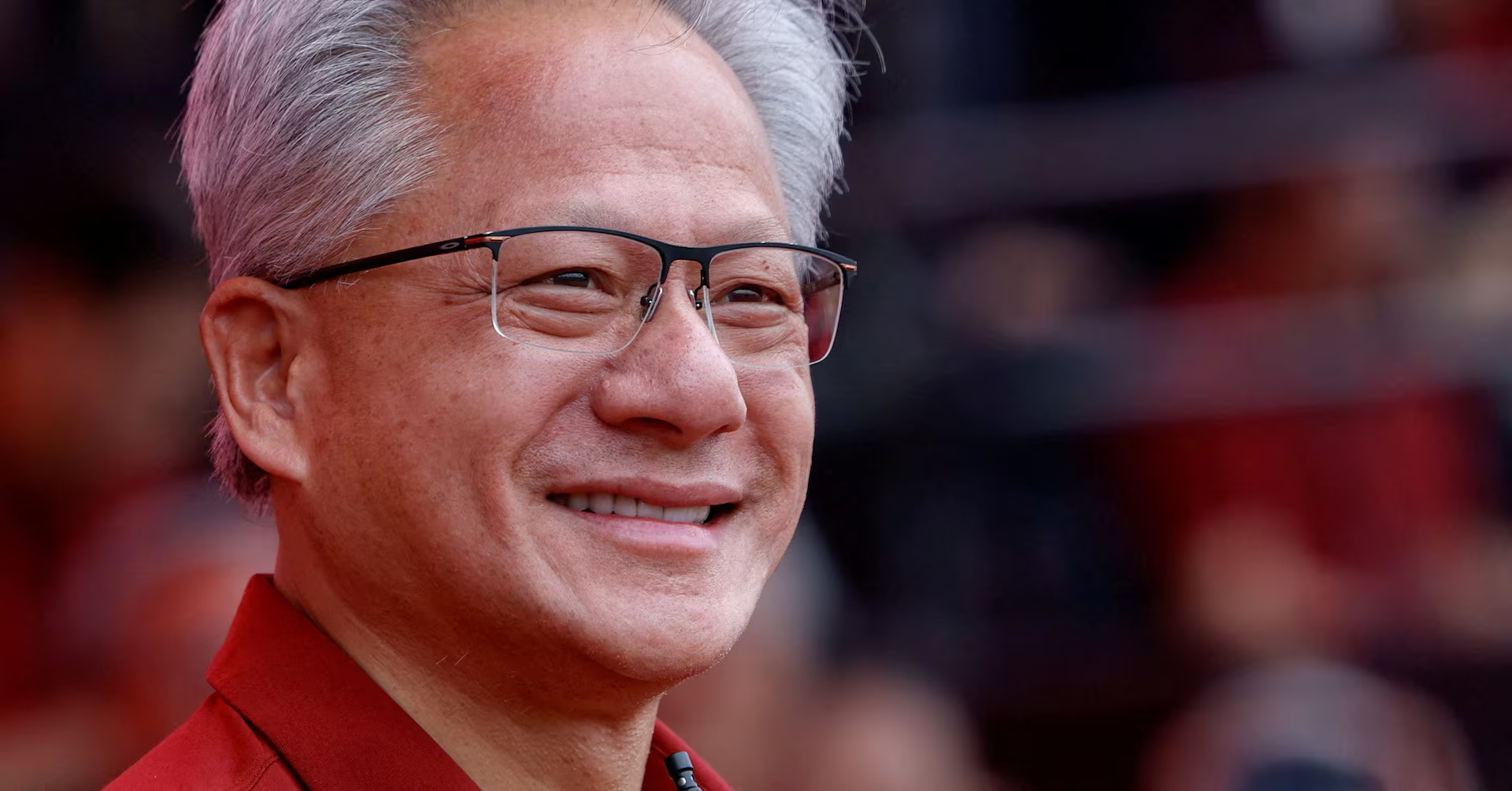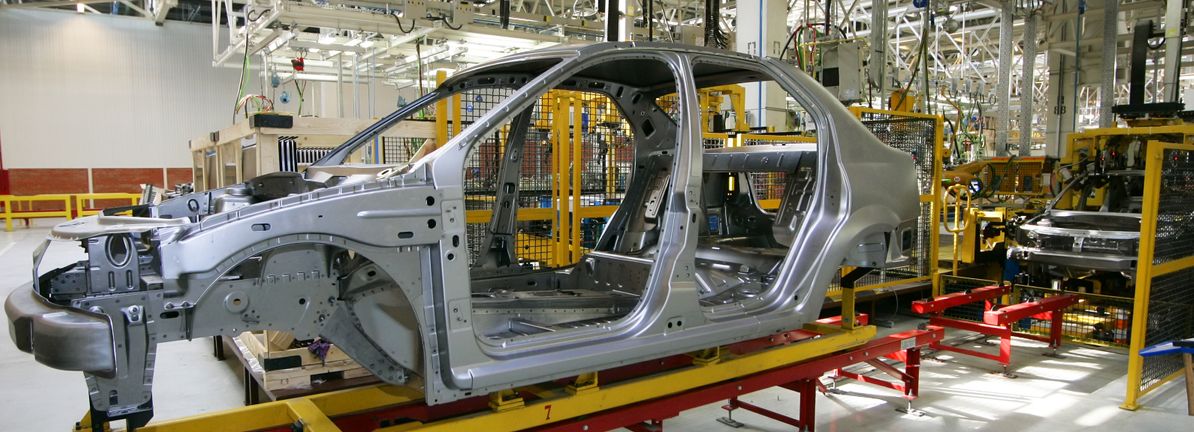Tidying my drawers this week, I found some research notes I wrote in the late 1990s. It was my last job in stockbroking — I was an internet stock analyst at a time when technology, media and telecoms (TMT) shares were shooting skywards.
By 2000, commentators were screaming “bubble”. That April my firm, Dresdner Kleinwort, alongside Goldman Sachs, led the IPO of Deutsche Telekom internet subsidiary T-Online. The market was jittery. Remarkably, the T-Online IPO got away successfully — its shares rising more than 40 per cent at the end of the first day. It was probably the last to do so. The “tech wreck” was already under way.
As talk of bubbles in artificial intelligence (AI) stocks grows, there are some lessons to apply from those years. Chief among these is not to throw the baby out with the bathwater.
The long-term investment thesis underpinning my old research notes and driving share prices was roughly correct. Internet access went from being a tool for the scientific community to a global phenomenon that would transform all our lives. However, the forecast profits took much longer to arrive than expected.
AI has similar potential — and, maybe, risks. It’s not surprising that investors are getting excited — perhaps, in some instances, overexcited. But calling the top may not be necessary.
While it pays to be cautious, listening to perpetual bears will make you poor as well as depressed. The last week has seen a modest sell-off in the tech-dominated Nasdaq index, led by Palantir. But a stock operating in opaque businesses and whose share has risen 150 per cent this year is an easy target. The Nasdaq fell by nearly 20 per cent in the late summer of 1998, shaking out those investors getting the heebie-jeebies. However, it then rose over threefold in the next 18 months.
A feature of the TMT bubble was that this was a winner-takes-all game. Many of today’s “hyperscalers” — including Microsoft, Amazon, Oracle, Meta and Google — were winners of that battle. They are spending billions today as if it is the same war. It might not be.
Those investing most may find they are not carving the defensive moats they hope for. I was struck that Airbnb, a poster child of a data-based business, chose China’s Alibaba rather than OpenAI to apply AI to its customer service.
To invest in any of the hyperscalers you need to assess whether the revenues they generate over the long term for their computing capacity will justify what it costs to build. We can only guess how much consumers, businesses and governments will be prepared to pay for the productivity improvements promised. Last week’s financial releases showed that investors are more confident in Amazon and Alphabet (Google) than Oracle and Meta — indeed, corporate debt investors are now asking for higher yields on further bond issuance by these companies.
If a bubble is building then we have to think about not just when it will burst, but how. The crash of 2008 saw nearly everything pop — banks most explosively. The tech crash was a slow-motion affair in comparison, with many fewer victims. The Nasdaq bubble “burst” in March 2000, but investors had a good six months to take their profits before the bear market really took hold.
Back then, the best thing to do was to sell everything anywhere near the TMT bubble as babies got slung when the bubble burst (though most TMT stocks were on ridiculous valuations by then). Fortunately, there were many modestly priced shares beyond TMT that were still worth buying. The best were mining companies — some trading at a fraction of the cost of opening their mines.
Concerns about “the bubble” are principally concerns about global equity indices. The Magnificent Seven technology stocks make up over 20 per cent of these indices. Outside the Seven, non-US technology businesses — such as Alibaba, TSMC and several other semiconductor companies — are also exposed to the same theme, as are the companies supplying power to the data centres.
So how do you negotiate the path between trying to time the bubble and getting caught by everything AI-related being abandoned when it pops?
Be led by valuations. Take Microsoft, for instance. Its shares look merely stretched, not ridiculous. The big difference between today and 2000 is that these companies have cash flow. Back then most did not. The question that matters most is this: are they using that cash flow and profits wisely? It was concerns about Meta’s heavy capital expenditure that took the shares down last week, while Amazon rose on its strong cloud cash flows, despite spending a similar amount on AI.
If individual stocks become too aggressively valued and their investment case hyper-optimistic, sell them. Gradually, your exposure to tech will drop.
We do not own Tesla or Nvidia and have just pulled the plug on Meta. Consequently, we have about 9 per cent in Magnificent Seven stocks, not 20 per cent. We may have retreated too soon, but if you chose to do likewise, you may have found you’ve banked some decent profits.
And the good news today is that, as in 2000, there are plenty of stocks in out-of-favour sectors — such as healthcare or consumer staples — which look like attractive new homes for the money. We have just bought a holding in Nestlé, which is about as far from the excitement of AI as you can get. Its coffee, chocolate and pet litter businesses are not to be sniffed at, but a yield of nearly 4 per cent in Swiss francs looks pretty sweet.
Long term, the benefits of AI should be improved productivity in a range of sectors. In the loathed oil sector, Schlumberger has just launched an AI system for improving efficiency in hydrocarbon production, including reducing leaks of methane. This stock is on 14 times earnings and a 3 per cent yield — valuations more often seen in UK equities than American.
In short, the lesson I carried over into fund management from 2000 was that if the valuations of the shares you are buying seem reasonable then you need not worry too much about the stretched valuations of the shares others own.
Simon Edelsten is a fund manager at Goshawk Asset Management. Goshawk funds own Microsoft, Amazon, Alibaba, Taiwan Semiconductor Manufacturing Co, Nestlé and Schlumberger







